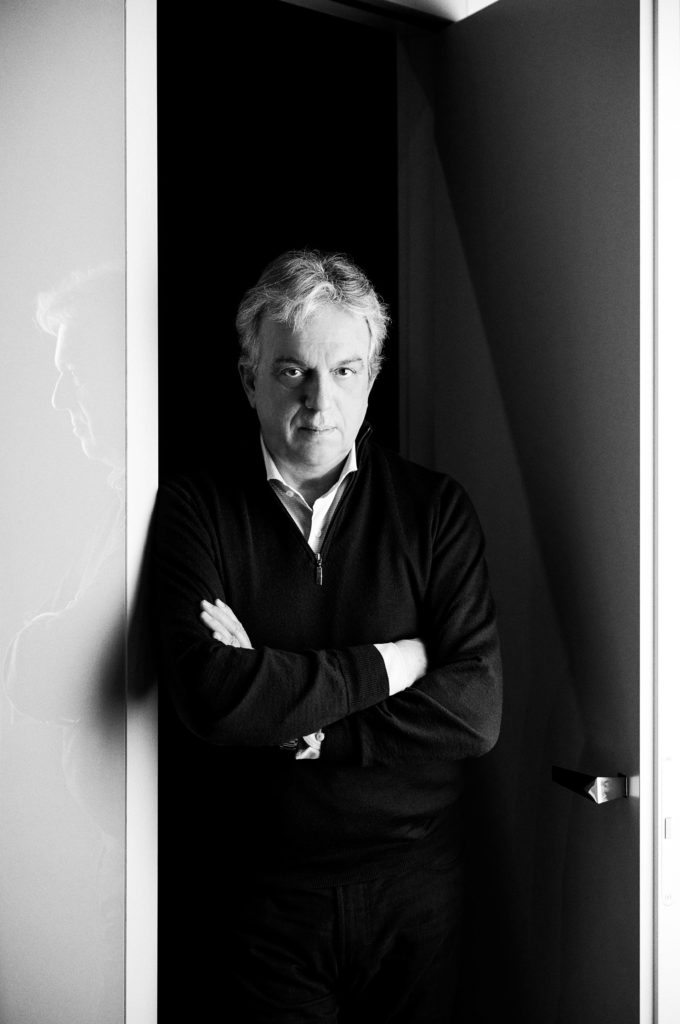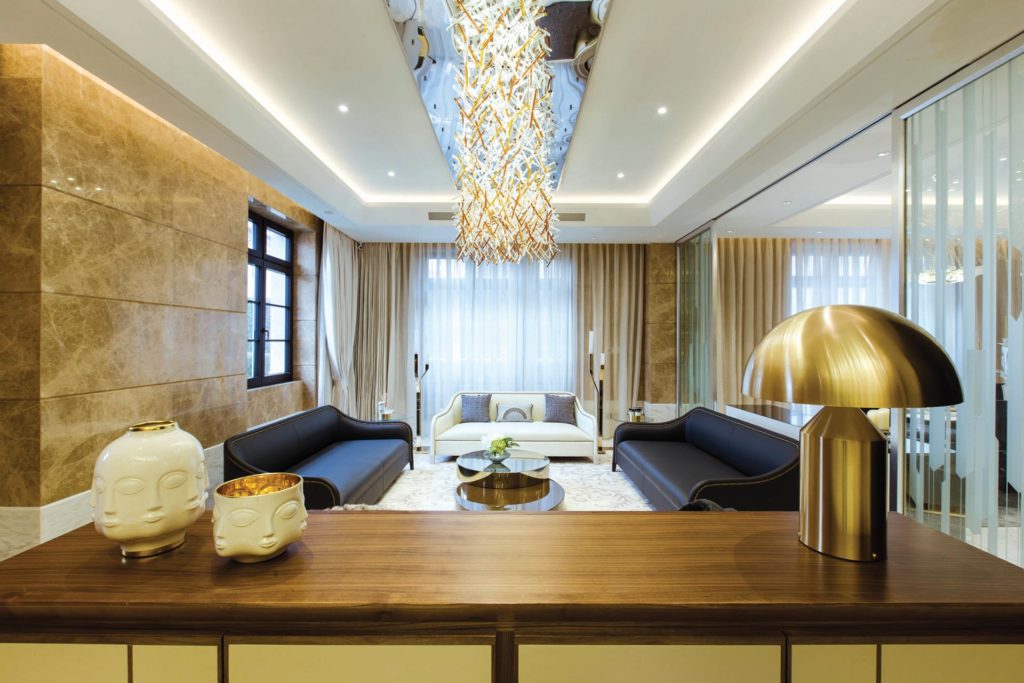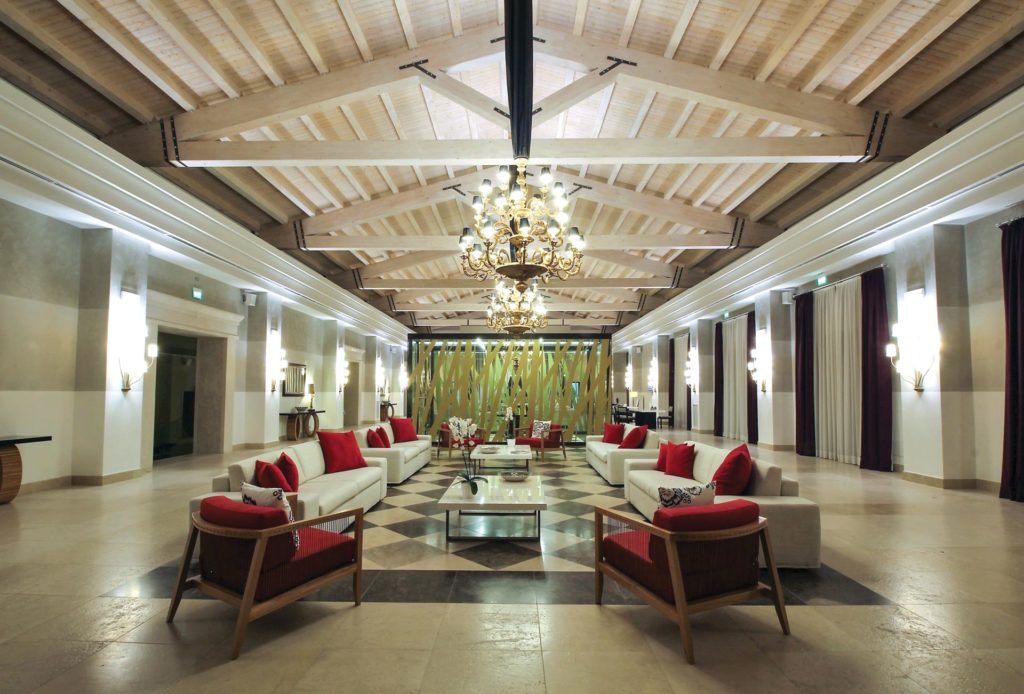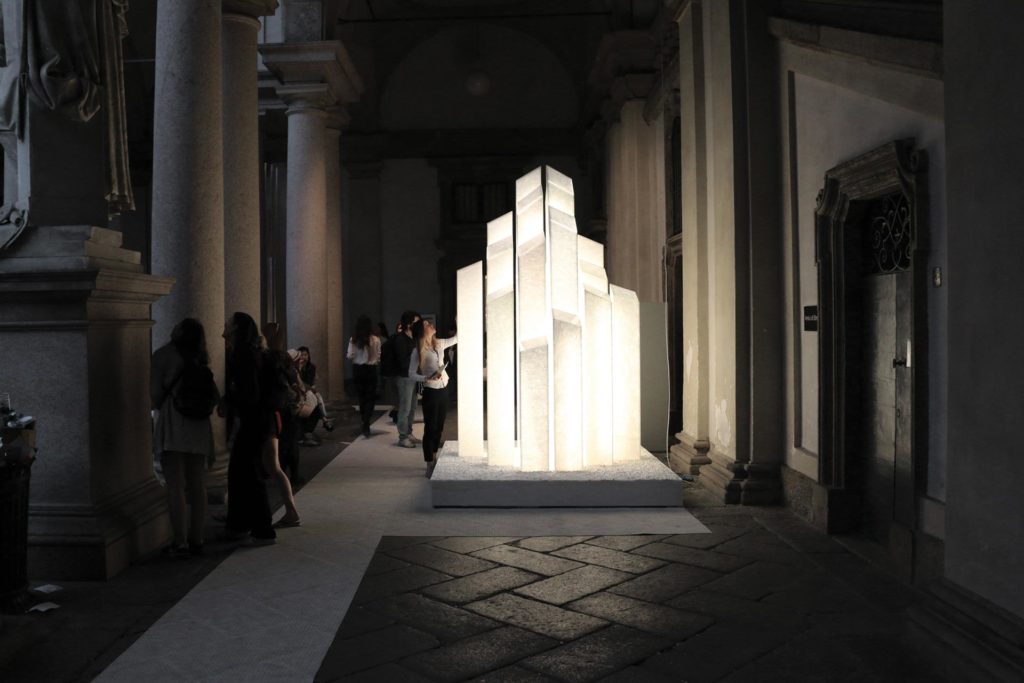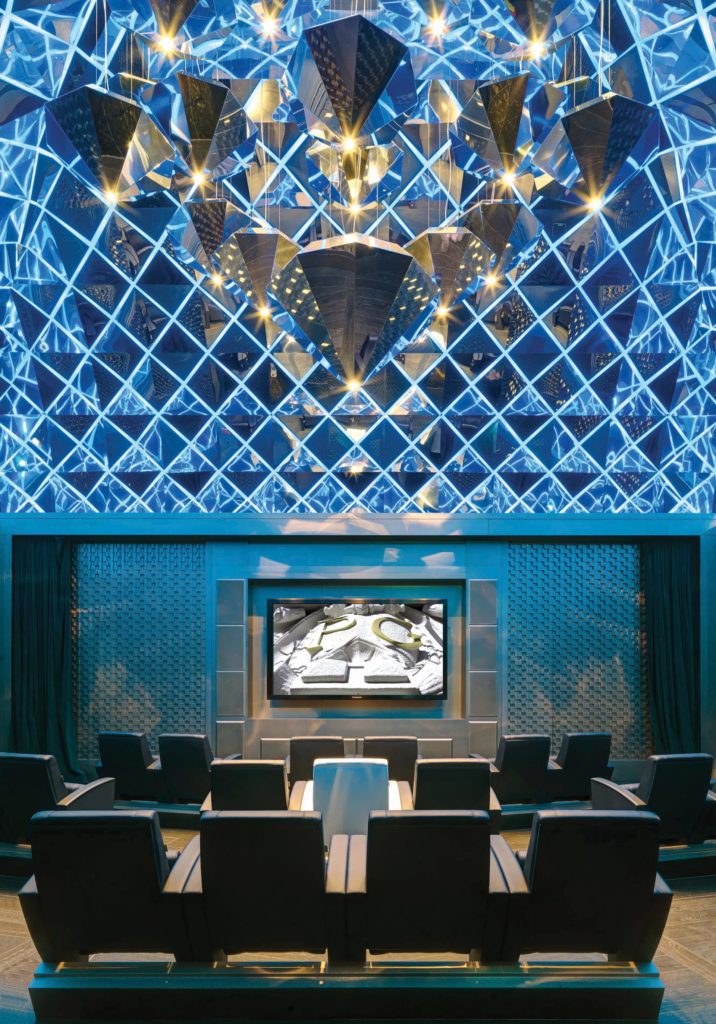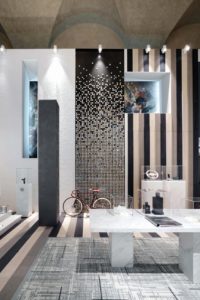Copyright © 2025 Motivate Media Group. All rights reserved.
Marco Piva: Future of Italian design
Head Juror of the identity Design Awards shares secrets to becoming a top designer
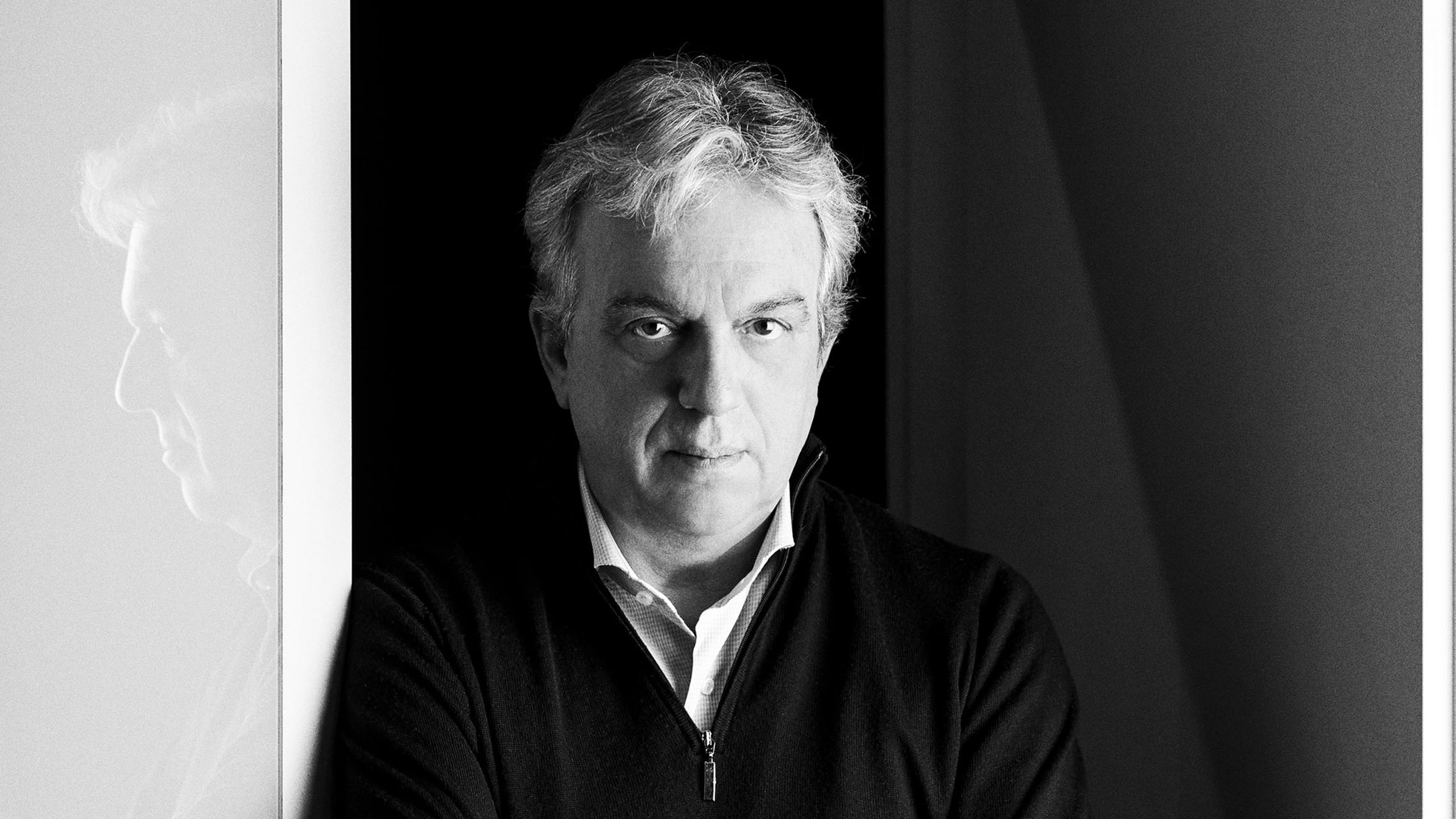
A true design icon has the ongoing courage to let their work speak for itself. And Marco Piva has earned this accolade from the global design community by communicating through the ancient triptych: beauty, truth and goodness.
“My work is constantly influenced by the continuous exchange of information which takes place through design projects being developed worldwide. The integration – sometimes the clash – of cultures, is an aspect which has a great influence on the project. The themes of communication and dialogue between cultures, which leads to new visions and new ways to conceive of architecture, interior design or new projects, is essential,” says Piva.
Golden touch
With the wisdom of a traveller and philosopher in his heart, Piva- who was head juror of the id Design Awards for two years– reflects about his choice location for inspiration when he is in the GCC to design. “In the desert, under the stars, thinking of the original void and of how this void can become a harmonic space for the future,” he muses.
Piva’s grace, wisdom and inimitable sense of style have from the beginning been at the heart of the id Design Awards, which he finds to be an invaluable tool for the region – and the world.
“Awards, if well-managed – as identity has been doing for years – are an essential and important instrument. Firstly, because they help verify what is happening in this area, and in the world, on an annual basis. In addition, it is a chance for dialogue among professionals who come from all over the world or who are part of large-scale design networks. Through this instrument, Dubai and the UAE are becoming a global reference point for architecture and design,” he states.
He is also clear about the potential in the region: “Having seen what has been developed in the region, I believe that there are great opportunities to design in a more targeted and coherent way, with important content from the viewpoint of design culture. Above all, regarding interior design, designers must be able to plan spaces which have significant and grounded reasons for existing, an aspect which unfortunately is still often overlooked.”
But this doesn’t mean his job is easy. In fact, quite the opposite. “This is what led me to select some projects rather than others. The guiding principle of any design should be that of identifying a precise objective and achieving it coherently, while often we still see projects that have no roots.”
His advice for those looking to win: “To be successful means being able to identify the underlying motivations of a project and offer elements linked to the functions, but also to the materials as well as the vision of space, which can to some extent be identified more closely with that local territory.”
Global dialogue
Recently, changes and developments have led Piva to China, where his work includes Club House Shanghai, a project in a street of luxury residential houses in the VIP area situated in the west of the city. He has also been commissioned to study the interior design of a model room and serviced apartment within the new Sichuan People’s Art theatre commercial tower in the central district of Tianfu Square.
“In China, we are systematically addressing masterplans to develop residential, manufacturing/industrial and commercial areas. However, a bit like Dubai, it is a land where experimenting with architecture provides great possibilities and so our work is aimed at uniting the most significant elements of the two cultures in order to put forward locations, architecture and interior design which combine both their aesthetic and function.”
Winner of numerous awards for his hotel in Milan, Excelsior Hotel Gallia,
Piva is no stranger to top-tier hospitality projects; those he has previously worked on include the renovation of Donnafugata Golf Resort & Spa, also in Italy.
“Hospitality design must be interpreted as part of a global vision, not as a ‘box’ or closed container. Projects’ sectors no longer fall within closed categories, and residential projects are increasingly taking on functional features from the hospitality sector, just as hospitality has borrowed from the residential sector to create more welcoming and pleasant spaces.”
Even commercial design is no longer part of a static category, as seen with Piva’s spectacular interior design for the London showroom of Sahrai – for whom he has just launched his new CAVE collection.
The showroom is in part of the liveliest and most vibrant part of the capital city, and Piva’s plan for it was not to create a closed area, but rather a transparent, visible space which looks to the outside as if it were a home.
“Our concept started from the desire to make the inside visible from the street, and from the wish to present the products as if they were works of art – which they actually are, since the process adopted for conceiving and developing the idea and then realising the product was artistic,” he says.
In Milan, Piva chose to explore ‘light’ and ‘white’ – the reflection of most wavelengths of visible light – at the recent Salone del Mobile, with ‘City of Light’, ‘White Luxury’ and ‘My Light Years’.
“We chose the theme because light is an essential element for us in design, from architecture to end-product. Today, light must be planned and measured so as to enhance a work, but at the same time it is essential to bear in mind the issue of consumption and light pollution,” he explains.
Piva also took up and developed the theme of ‘white’. “White is, at least for me, the element from which everything starts (just think of the white sheet of paper on which we make a sketch). More than any other colour, it makes visible and exalts the forms of space and light, and so represents an element of purity and essentiality. It’s a sure reference point in such a chaotic world.”
And in addition to his architecture and design projects, Piva also gives us a hint of what’s to come as he relaunches some of his product lines – an ongoing request. But in Piva’s signature style, he explains why they aren’t driven by a cult of personality or the desire for a quick influx of capital.
“My way of designing is not focussed on producing a ‘wow’ product which then disappears in just a few years, I’m interested in forms and designs that can remain over time and which have an intrinsic value, independent of trends. The products I have designed have been on the market for some years (just think, for example, of the Bamboo line from Rubinetterie Stella, which is still ongoing),” he asserts.
“In light of this, and also on the basis of the relationships we have abroad, we are planning to set up a foundation, one of the essential elements of which will be an exhibition space that can offer our customers, and also students and visitors from around the globe, the most complete collection possible of all the products we have designed over the years. The gallery will be included in a cultural journey that’s linked to the theme of design and architecture.”
The future is now
With his keen insight and a pensive disposition, Piva is optimistic about the field.
“Despite the pessimistic vision which has characterised the start of the 21st century, the furniture industry is still here: goods and objects show no signs of stopping. There have certainly been changes: firms are increasingly delocalising strategically on the basis of production costs, positioning and distribution strategies. An important aspect which is becoming increasingly important from an industrial viewpoint is that of automation – the reason why the human presence in the production cycle will be increasingly destined towards craftsmanship.”
As for Italian design, he explains how what’s to come both embraces the spirit of the country’s rich legacy, but also acknowledges the industries current demands.
“Italian design, as an icon of design in general, is changing, and we no longer speak of ‘Made in Italy’, but of ‘Italian Style’, understood as a process of conceiving and developing the project and identifying new visions. It’s not a concept necessarily linked to the territory of Italy. For this reason, Italian design, perhaps more than others, is being outsourced and moved to other production areas to accommodate the needs of the future, including new technologies and the renewal of production capacity.”
From China to America, Piva’s projects reflect the diversity of his clients – and the areas where he sees the possibility to expand, such as avionics.
“We have a lot of projects on the go!” says Piva. “Design for avionics is very interesting and we have just started some collaborations in this direction, as well as in hospitality design, which is no longer limited to the world of resorts and hotels, but expanding to include means of transport and services. In California, we will soon address some important challenges, such as the of total energy-autonomy of buildings. My work is a coordinated sequence of stages and, above all, teamwork. My team and I are heading in the right direction!”
The Latest
Inside The Charleston
A tribute to Galle Fort’s complex heritage, The Charleston blends Art Deco elegance with Sri Lankan artistry and Bawa-infused modernism
Design Take: Buddha Bar
We unveil the story behind the iconic design of the much-loved Buddha Bar in Grosvenor House.
A Layered Narrative
An Edwardian home in London becomes a serene gallery of culture, craft and contemporary design
A Brand Symphony
Kader Mithani, CEO of Casamia, and Gian Luca Gessi, CEO of Gessi, reflect on the partnership between the two brands
The Art of Wellness
Kintsugi in Abu Dhabi, situated in a seven-storey villa, offers the ultimate zen retreat
Design Take: Inside the Royal Suite at Jumeirah Al Naseem
With sweeping views of the ocean and Burj Al Arab, this two bedroom royal suite offers a lush stay.
Elevated Living
Designed by La Bottega Interiors, this penthouse at the Delano Dubai echoes soft minimalism
Quiet Luxury
Studio SuCo transforms a villa in Dubailand into a refined home
Contrasting Textures
Located in Al Barari and designed by BONE Studio, this home provides both openness and intimacy through the unique use of materials
Stillness, Form and Function
Yasmin Farahmandy of Y Design Interior has designed a home for a creative from the film industry
From Private to Public
How ELE Interior is reshaping hospitality and commercial spaces around the world – while staying unmistakably itself
A collaborative design journey
A Life By Design (ALBD) Group and Condor Developers have collaborated on some standout spaces in Dubai

